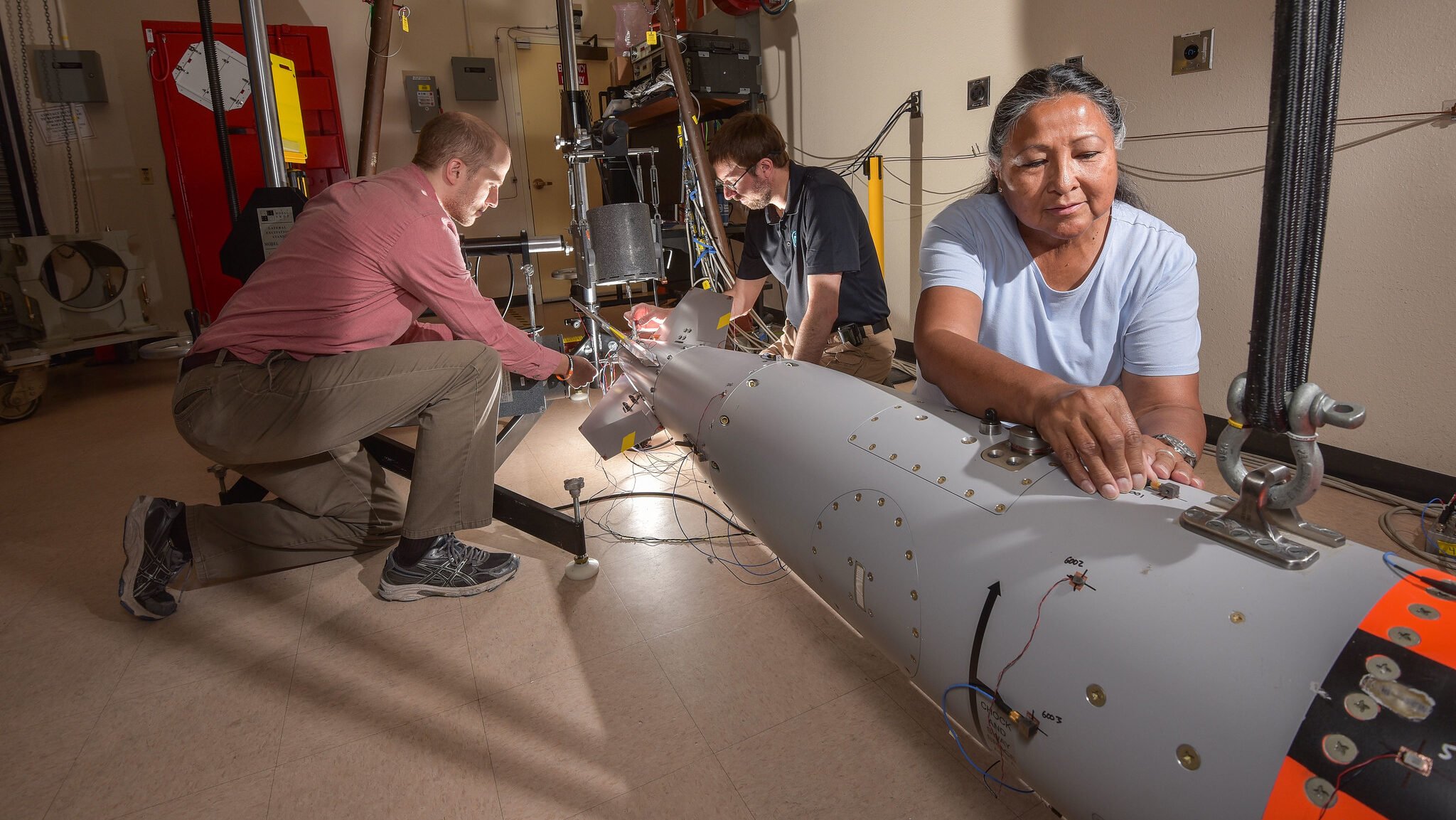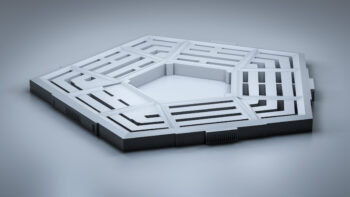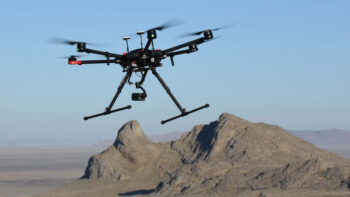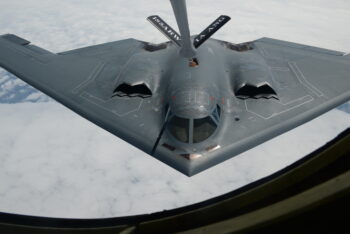
Workers at Sandia National Labs prep a B61-12 for a safety test. (NNSA)
WASHINGTON — Development of the B61-13, a new variant of America’s nuclear gravity bomb, will cost an estimated $92 million over the next four years, budget documents predict.
According to the budget request from the National Nuclear Security Administration, a semi-autonomous office within the Department of Energy that has oversight over nuclear warheads, the White House is seeking $16 million in fiscal 2025 to develop and produce the B61-13 warhead. That is followed by $42 million in FY26, $28 million in FY27 and $6 million in FY28, when the program is scheduled to conclude. According to the documents, the first production unit of the B61-13 will be produced in FY26.
The B61-13, announced in October, seeks to create a higher-yield nuclear bomb that can be used to penetrate hardened enemy locations. It builds on the ongoing B61-12 life-extension program, which dates back to the Obama administration, and which consolidates older B61-3, -4, -7 and -10 variants while updating with newer technologies.
The B61-12 life extension program, meanwhile, seeks $27.5 million in FY25 before ending in FY26 with a projected $16 million price tag.
Overall, NNSA is seeking $5.14 billion for its weapons activities accounts in FY25. That includes $2.84 billion for stockpile management as well as $1.36 billion for sustainment, $54.1 million for weapons dismantlement and disposition, $816.5 million for production operations and $75 million for nuclear enterprise assurance.
Technically, neither the B61-12 or -13 are “new” nuclear weapons that increase the stockpile, as they are taking the warheads from the older bombs and placing them in new housing. While no numbers detailing how many -13 variants will be produced have been made public, a Defense Department factsheet released in October stated that a number of -12s planned for production “will be lowered by the same amount as the number of B61-13s produced.”
Breaking Defense reported last week that the F-35A has now been certified to carry the B61-12. However, analysts predict that the B61-13 will be carried by bombers, not jets.






















